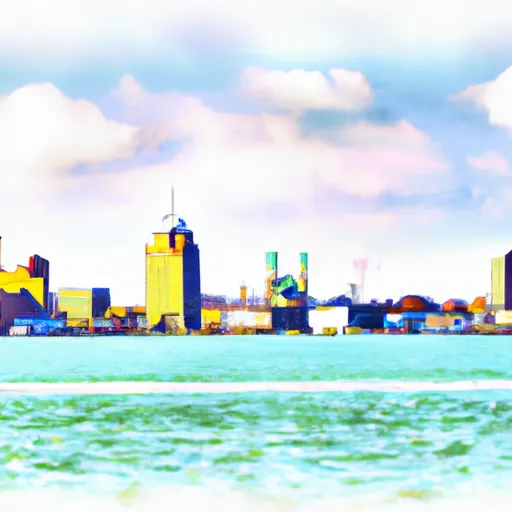°F
°F
mph
Windspeed
%
Humidity











Sandusky, Michigan is located in Sanilac County, in the thumb region of the state. The climate in Sandusky is classified as a humid continental climate, characterized by hot summers and cold winters. Average summer temperatures range from the mid-60s to mid-80s Fahrenheit, while winter temperatures can drop to the low teens. Precipitation is fairly evenly distributed throughout the year.
As for hydrology constituents, Sandusky benefits from being situated near Lake Huron. While not directly on the lake, its proximity allows for a pleasant lake effect, moderating temperatures and providing recreational opportunities. Additionally, the area is dotted with small lakes, ponds, and rivers, adding to its hydrological appeal.
Outdoor enthusiasts will find several recreational opportunities in Sandusky. The nearby Lake Huron offers activities such as fishing, boating, and swimming. The area is also known for its hunting opportunities, with abundant wildlife. For hikers and nature lovers, the region has several parks and trails, including the Sanilac Petroglyphs Historic State Park, which features Native American rock carvings.
Overall, Sandusky, Michigan offers a climate that experiences all four seasons, beautiful hydrology constituents with access to Lake Huron, and a variety of outdoor recreational opportunities for residents and visitors to enjoy.
Weather Forecast
Sandusky receives approximately 778mm of rain per year, with humidity levels near 81% and air temperatures averaging around 8°C. Sandusky has a plant hardyness factor of 6, meaning plants and agriculture in this region thrive during a short period during spring and early summer. Most plants will die off during the colder winter months.
Regional Streamflow Levels
55
Cubic Feet Per Second
40
Cubic Feet Per Second
88
Cubic Feet Per Second
1,100
Cubic Feet Per Second
Nearby Camping
| Camping Area | Reservations | Toilets | Showers |
|---|---|---|---|
| Stafford County Park | |||
| Holiday Beach Conservation Area | |||
| North Park | |||
| Wagener County Park | |||
| Lighthouse County Park |



